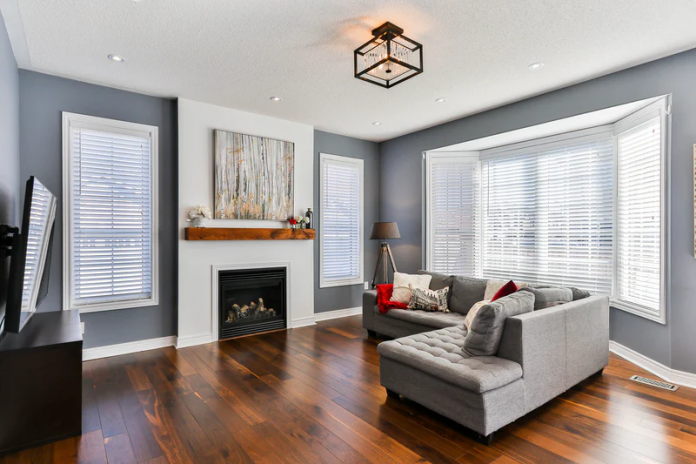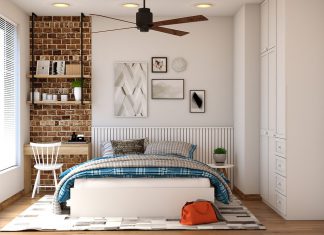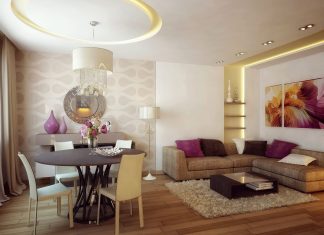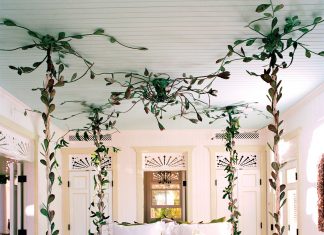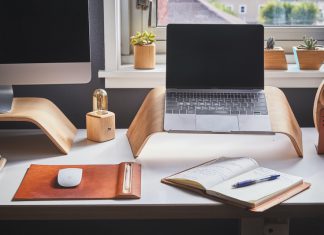Decorating your home is always a big decision. You invest so much into making it. From monetary resources to time and emotions, it has all of you.
But, while decorating your home, all of the rooms might not get equal attention simultaneously. More than often, it is the spare room. But, in this situation, if you have considered giving that less attended room a makeover, you have help in hand.
In this post, we reveal 5 top tips that can ensure your redecoration efforts pay off well. Not only would you create the most desirable interior but also complete it in the least required time. Let’s begin.
5 Tips to Optimize Your Spare Room Redecorating Project
When you initiate planning your spare room, there are three areas that collectively result in successful redecoration – aesthetics, functionality, and budget. But, more than often, balancing each one without compromising on another becomes a challenge. The following tips and tools are to ensure that you do not have to suffer the same.
1. Start with defining your goals
The first task that lays the foundation of a successful redecoration starts by defining what you are trying to achieve. A simple, reflective brainstorming session is more than enough here. Following are a few critical areas that can help you to bring clarity to your goals.
a) Assess your space: This stage can help you prepare a context for your redecoration. From the budget setting to furniture selection, everything is anchored from this stage. Ask the core questions. How do I want to use my spare room? Is it a common room or a private room? How much time will be spent here in a day? Answering these questions will let you understand how integral the spare room will be in your day-to-day life.
b) Consider your basic needs: Understanding the purpose of your room should unmistakably be followed by understanding the requirements to fulfill the purpose. This process will help you lay a realistic budget for your redecoration. More than often, you will find great opportunities to optimize your budget based on priorities.
c) Prioritize your tasks: After you have a complete assessment of your purpose and needs, it’s important to prioritize tasks to create a systematized workflow for smooth project completion. You can use the Eisenhower Matrix to achieve this.
Map out the tasks and items in 4 quadrants based on value and urgency. This will give you a better understanding of where you can optimize your resources: time and money.
2. Map your space
Ensuring your room is at its functional best keeping its desirability intact often involves understanding the interior space. Having a core understanding of the structure of your space allows you to plan better. You can save space, money, and time. Here are a few things to consider while you do so.
a) Floor plan: Measure the total floor area that you have for designing your room. This will give you an understanding of how creative you can be with your interior designs. Use a floor plan maker to do this. There are a variety of floor plan creators available in the market. Remember, accuracy is vital here. Even a difference of 1cm matters while planning the floor.
b) Layout and structure: After you gauge your floor carpet area, map out the layout of your room. What is the shape of your room? Is it an elongated rectangle or a perfect square? How tall are your ceilings? Do you have an inbuilt hollow in your room? Do you have a corridor inside the room? All these questions will give you design opportunities to utilize every part of the room.
c) Walls, doors, and windows: While planning your space, walls and windows may not seem like the first thing to hold importance. But, you would see as you finish redecoration, you would wish to travel back in time to reconsider it. Your door and window structure can define the overall theme of your room. Keep detailed references if small things. Where is your window positioned? Is it in the center of a wall? Do you have a french window?
Your wall structure can be a determining factor for redesigning. Designing an open space will be completely different from a room that has three walls with one window.
3. Define your style
Your spare room is still a part of your complete house. This means if you have to create a cohesive design, ensure you make an extended reflection of the common theme of your home.
Sure, you can breathe its personality with features typical to it. But, that should not take away the fact that it is a part of your complete residence. Here are a few elements to consider while you are developing your spare room style.
a) Select a theme: Finalizing a theme for your room is the first step in determining your style. But, remember, whatever you choose, be consistent. An excellent hack to do so is by considering the purpose of the room. If it is a workroom, then create an air of vibrant energy. If it is a relaxing room, you can go for boho style. You can utilize a mood board to draw inspiration. Pinterest is a great resource to do so.
b) Color palette: Your theme governs the color palette of your spare room. However, there are secondary determiners to consider. While you may have 3-4 color options to choose from, ensure that you understand what kind of a room you want to see.
Is it airy, well-lit, voluminous rooms that you prefer? Or is it modern, compact cubes that make you feel more at home? Try combinations of the two criteria to finalize the colors. Ensure that you maintain complementary color codes for your furniture.
c) Texture and material: After finalizing the color palette, you can start working on the overall feel of the room. What kind of texture do you want on your walls and furniture? Do you prefer steel finish or iron? Wallpapers or high gloss wall paint? These will finally settle down the mood of your room.
4. List your furniture
After you have prepped up your room, it is time to move your furniture in. This stage aims to refer to your priority list to select the essential items for setting up a functional room.
But, during this stage, you must stay aware of how much blank space you are creating for free and clutter-free movement. No matter what kind of room you opt for, compact or voluminous, you do not want it to be messy. Here are a few things to consider.
a) Primary furniture: This is the section that decides the primary furniture that fulfills the purpose of your room. If it’s a guest room, having a king-sized bed and a full-sized mirror are the top things you should invest in. However, if it is a relaxed room, investing in a lounge chair looks like a good option.
b) Secondary furniture: The secondary furniture is the supporting furniture that completes the look of your room. They may not be the most frequently used item in your room but still needs attention. For a guest room, it could be a cabinet to put clothes and other utilities. But for a workroom, it could be a wall integrated book rack.
c) Accent furniture: This furniture is the real style boosters of your room. From a painting to wall hanging to lighting arrangement, all of these can play a key determining role in creating the final look of your room. Curtains, too, are great accentuators to consider here. But, remember, whatever accents you choose, the overall feel of each of them should complement the central theme of the room.
5. Define your budget
After you determine your space, budgeting should be the easy part. This is the stage where you create a total costing for the items you listed out in your prioritization board. Consider the following while working with your budget.
a) Comparison map: Prioritizing items is a good starting point for getting more value on less investment. But, to hit the nail on the head, you need to study the market. Use tools like Google Shopping and Shopzilla to know the lowest and highest price ranges of any item.
b) Consider utilizing repurpose or reseller items: Repurposing is perhaps the best way to save resources. But, you have to be an avid (DIY) do it yourselfer for this to work. Another option is to utilize reseller stores. Zefo is a great place to get old, refurbished furniture.
c) Consider ordering bulk: If you aren’t keen on using reseller items, the online marketplace can still open doors for budget optimization. Ordering several items from the same store usually comes with heavy discounts. IKEA is a great space to consider.
Parting Advice
Achieving great design doesn’t need to be expensive at all. The more functional and relevant energy you can breathe in your room, the more successful it will be.
The above tips will guide your way to designing your spare room successfully. However, the core task still lies in you. No matter what theme you settle for in your spare room, your design shall always be determined by the person who uses it. This means, whatever you design, the aesthetics should be inspired not from your perspective but the user’s point of view.
Let us know in the Comments section below what ideas you implemented while decorating your spare room.
